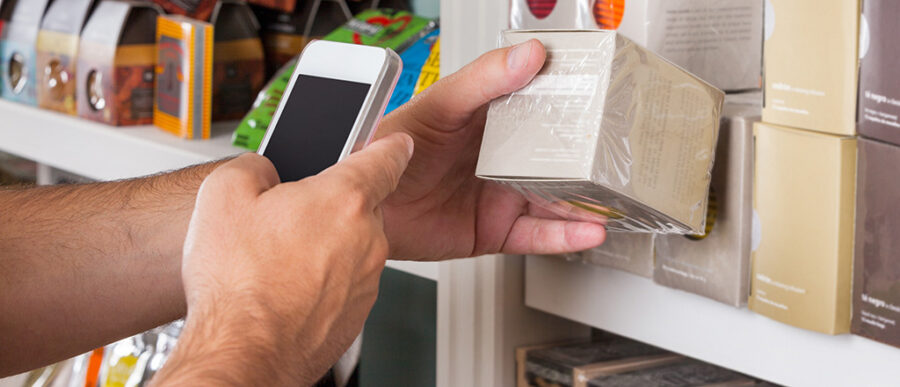Whether the concept excites you or scares you, the Internet of Things has the potential to change the way people make choices and go about their daily lives.
The term refers to a new reality where everything from clothing to household appliances are interconnected and tech-enabled to send data back and forth. For example: A grocery store chain sends consumers some recipes based on the items they place in their carts; or an alarm clock turns on and begins warming up the car when someone hits the snooze button.
It’s the sector where “real change is going to happen” for retailers, according to Doug Straton, who heads the North American E-commerce Center of Excellence at Unilever. For a company like Unilever, which sells 400 brands across multiple categories of consumer goods, the question becomes: How do you react? Should the company build its strategy around certain devices or interfaces, partner with a company that manufactures those devices, or build and market devices of its own?
“It’s incredibly important in the grocery delivery space to get [your product] on the list first,” Straton said during a presentation at the Retail and Consumer Goods Growth Summit in New York organized by Knowledge at Wharton, Wharton’s Jay H. Baker Retailing Center and Momentum Event Group. “If they’re shopping [while using] a device, how do you interrupt to let somebody know there’s a special on a product? How do you deliver messages within those different contexts?”
As an example, Straton cited Soma, a biodegradable water filter company that operates using a subscription model for delivery of a replacement filter every two months. “If something like that can also tell you how much you consumed, or how much you should be consuming, is that a throttle on [the growth of a company like Unilever]?” Straton asked. “Or is that an accelerator of our growth for some reason?”
“When you start to think about behavioral changes — what is that shopper’s journey throughout the day? — you begin to understand that this is a much more powerful concept than just knowing who somebody is.”
The data that can be collected through such devices and by consumer goods companies themselves also changes the game for brands in terms of forming a picture of the different consumers they are marketing to and what types of information those people want to see, Straton said.
“We’re not just collecting and analyzing; we’re looking at a shopper in a fundamentally different way. We’ve always said we want a 360-degree view of a shopper, but the one we typically talk about is relatively static,” he noted. “When you start to think about behavioral changes — what is that shopper’s journey throughout the day? — you begin to understand that this is a much more powerful concept than just knowing who somebody is.”
It also allows the firm to create user experiences that are much more tailored to a single individual’s experience than they are today. “The future is personalization on a one-to-one scale,” Straton said. “Content on Dove skincare would be very different for a male who lives in New York City than it would be for a female in San Francisco. Literally, in four or five years, I think that type of interaction with a consumer will happen, and it can [only do that] with analytics on top of real-time data.”
“Content on Dove skincare would be very different for a male who lives in New York City than it would be for a female in San Francisco. In four or five years, I think that type of interaction with a consumer will happen.”
Companies like Unilever have to find a way to interact with these shifts and figure out where their products fit. In some cases, that might mean abandoning marketing strategies or focuses that have worked well for decades, Straton noted. “The amount of learning we have to do, the adjustments we have to make to how things are now marketed, is fairly incredible. The hardest thing that keeps us up at night is just where it will end up and what will be the first move and the second move.”
The most mind-boggling aspect of the shift is how quickly it is happening or has the potential to happen, Straton added: “A real smartphone has only been around for eight years, and tablets have only been around for five. So what’s next? We have to radically rethink how we’re bringing brands to market. It’s our biggest opportunity, but it’s also our biggest threat.”



